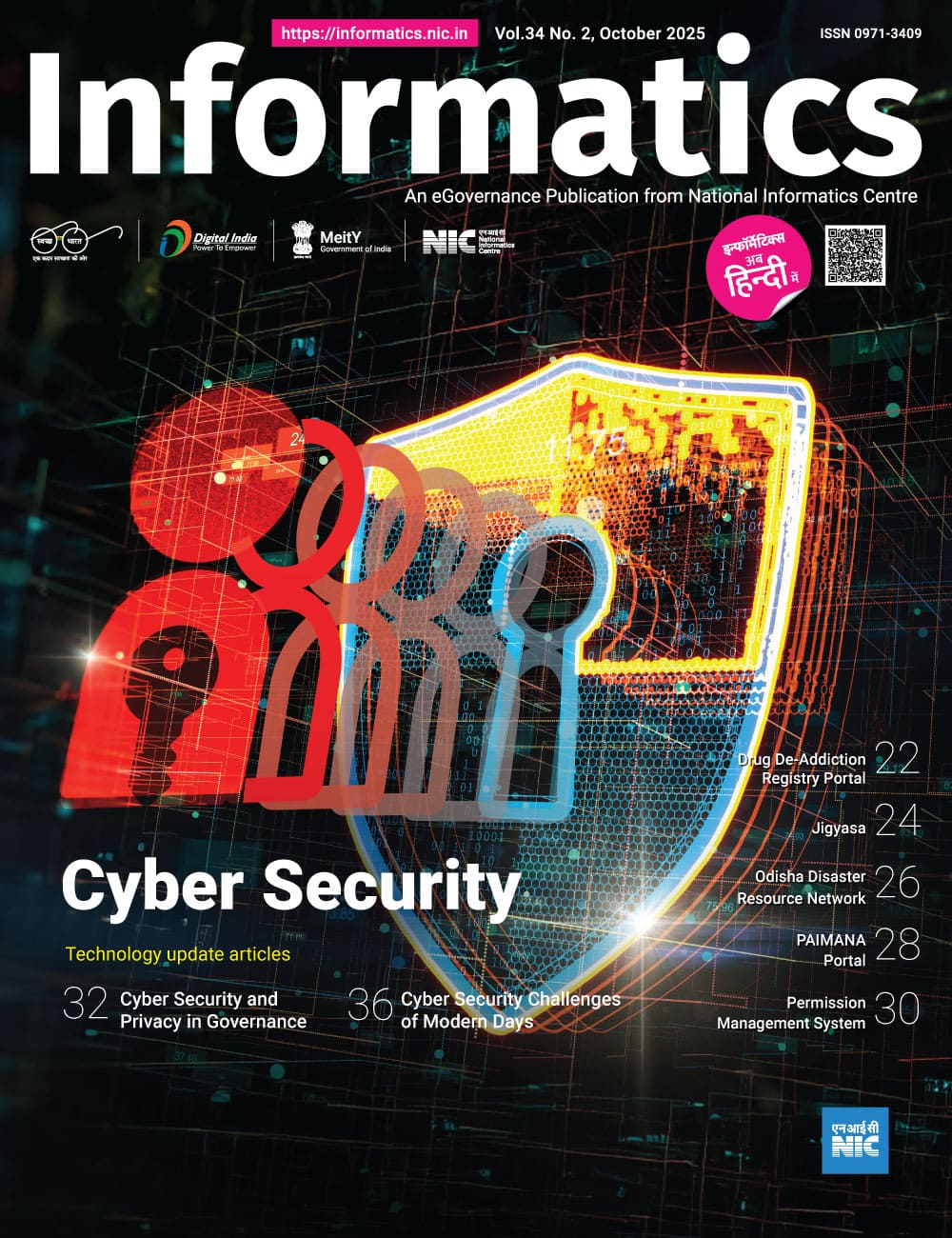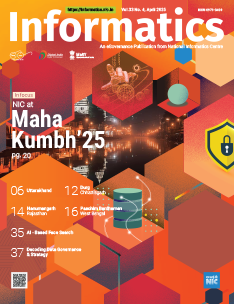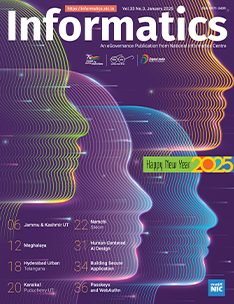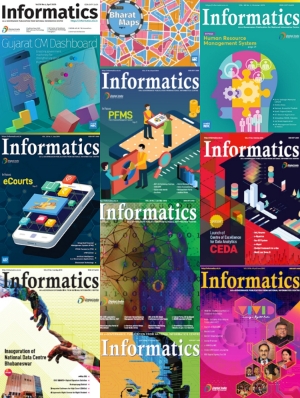Rail-eSamiksha Success Story : Railway Ministry Implements 39 budget announcement
The Minister of Railways Shri Suresh Prabhakar Prabhu launched ‘eSamikSha’ for monitoring the implementation of budget announcements/commitments, at a function held at Rail Bhawan on 21st April 2015. After the few days of the launch, The Ministry of Railway said it has implemented 39 announcements made in the railway budget 2015-16 in the past 36 days since the beginning of the current financial year on 1 April. This was made possible by use of E-Samiksha, a software which tracks and monitors initiatives including projects and schemes.
eSamikSha is a real time, on-line system for monitoring of follow-up action on the decisions taken during the presentations made by different Ministries/Departments to the Prime Minister. The follow-up action in respect of each decision is to be updated by the concerned Ministry/Department/Agency as and when the status changes or at least every month. Different users such as the PMO/Cabinet Secretariat/Ministries/Departments can securely access the system through a log-in/password. This system can also be configured to review the follow up action in respect of other meetings, if required.
Shri Suresh Prabhu had directed that software needs to be developed to enable online monitoring of Budget Implementation and Project monitoring.
Computerization and Information System (C&IS) of Railway Board in coordination with National Infromatics Centre, Department of Electronics and Information Technology (DeitY) have developed the software for E–Samiksha.
News of success story of Rail-eSamikSha has been covered widely in the media.




 Subscribe
Subscribe
 Flipbook
Flipbook PDF (5.0 MB)
PDF (5.0 MB)


